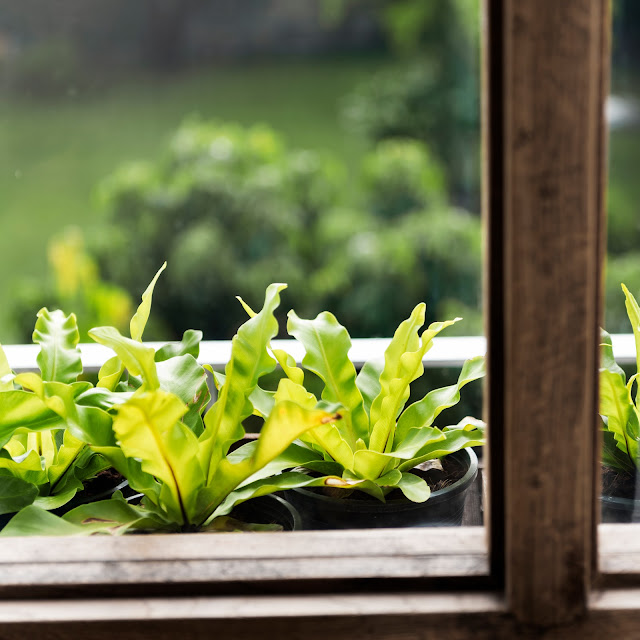A Comprehensive Guide to Enhancing Your Garden's Fertility
In the realm of gardening, the foundation of success lies beneath the surface – in the soil. Building healthy, nutrient-rich soil is a crucial step for any avid gardener or farmer. In this guide, we will delve into the intricate world of soil building, exploring the essential processes that contribute to a thriving and productive garden.
The Importance of Soil Building
Before we embark on the journey of soil building, let's understand why it's so crucial. Healthy soil is the lifeblood of any garden, providing plants with the necessary nutrients, water, and support. A well-structured soil not only promotes robust plant growth but also enhances water retention, reduces erosion, and fosters a vibrant ecosystem of beneficial microorganisms.
Assessing Your Soil
The first step in the soil building process is to assess your current soil condition. Conduct a soil test to determine its pH, texture, and nutrient levels. This valuable information will guide you in making informed decisions about which amendments your soil needs.
Organic Matter: The Key Ingredient
The backbone of fertile soil is organic matter. Compost, well-rotted manure, and cover crops are excellent sources of organic material. These additions improve soil structure, water retention, and encourage the growth of beneficial soil organisms.
Cover Cropping for Soil Enrichment
Integrating cover crops into your gardening practices is a game-changer. These plants, such as legumes and clover, not only protect the soil from erosion but also fix nitrogen, enhancing the soil's fertility. When the cover crops are incorporated into the soil, they add organic matter, enriching its composition.
Mulching Techniques
Mulching is a simple yet powerful technique for soil building. By applying a layer of organic mulch, you protect the soil from temperature extremes, suppress weeds, and retain moisture. As the mulch breaks down, it contributes to the organic matter content, further enhancing the soil's structure.
Companion Planting
Strategic planting can also play a role in soil improvement. Certain plants have symbiotic relationships, where one's growth benefits the other. For example, planting nitrogen-fixing plants alongside heavy feeders can naturally increase nutrient levels in the soil.
Soil Amendments
Based on your soil test results, you may need to incorporate specific amendments. This could include lime to adjust pH, gypsum for clay soil, or elemental sulfur for alkaline soil. Select amendments carefully, considering the unique needs of your garden.
Rotate Your Crops
Practicing crop rotation is a wise strategy for soil health. Different plants have different nutrient requirements, and rotating crops helps prevent nutrient depletion. It also disrupts the life cycles of pests and diseases, reducing the need for chemical interventions.
Conclusion
In conclusion, the process of soil building is an ongoing journey that requires patience and dedication. By investing time and effort into enhancing your soil, you're not only ensuring the success of your current crops but also laying the groundwork for sustainable and bountiful harvests in the future. Remember, a healthy garden starts with healthy soil – the true cornerstone of a thriving ecosystem. Happy gardening!
Also read : Unlocking the Secrets of Soil Building: A Step-by-Step Guide
.png)

Comments
Post a Comment